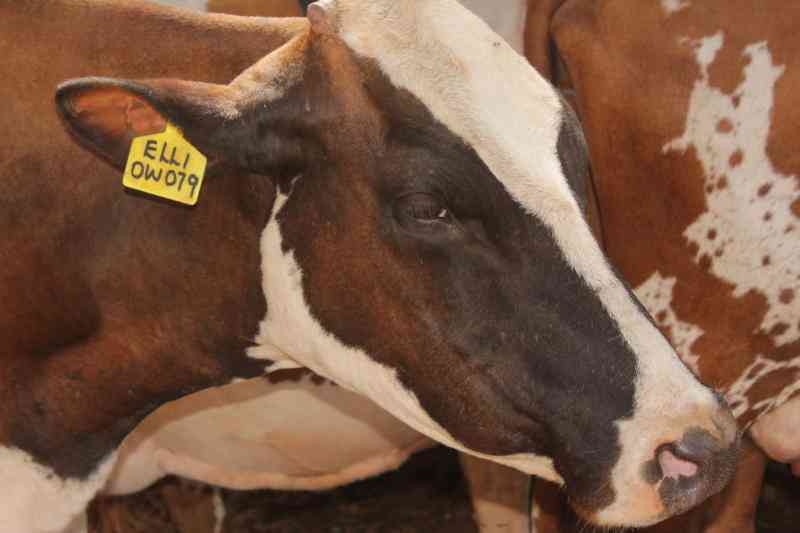
Eldoret Polytechnic Friesian dairy cows at the institution on March 29, 2023. [Christopher Kipsang, Standard]
Dear daktari, Thanks for your very informative articles on animal health. I am a dairy farmer with about five animals. I have been wondering about something, and I am reaching out to seek your answer. Do animals feel pain like we do?
The reason I am asking is that since my youth, I have observed that most operations done on animals are carried out without using a painkiller, as is the case with human beings. - Desterio Wanga, Kakamega.
Thank you so much, Desterio, for reading Smart Harvest and for taking the time to write back. You raise a very pertinent question that touches on animal welfare. Animals, like you and me, experience pain. There is no scientific evidence to the contrary.
However, cattle are generally stoic animals, meaning that they can endure or withstand some degree of pain without overtly expressing signs of pain as we do. But this does not mean they do not experience pain.
Livestock undergo very painful conditions such as mastitis, lameness, and colic, and in such situations, pain management should be considered in the treatment regime. In contemporary society, animal welfare has come to the fore, and pain management is embraced more than before.
The negative perception that animals do not feel as much pain, combined with the cost that comes with analgesics, has limited their use in cattle. The inability of many to assess pain in cattle could be another factor restricting the use of analgesics in these animals.
Pain in all animals, including humans, serves a protective function in preventing injuries. Cows will quickly run away from a pain stimulus, and this becomes their first line of defense, becoming a learned avoidance behavior for similar pain stimuli.
Signs of pain
Animals in pain will show the following signs – licking or rubbing against the area that is the source of pain. This can further worsen a wound; in calves, licking an injured area can result in the ingestion of hair that accumulates and turns into hairballs, blocking the digestive tract.
Animals in pain will also adopt abnormal postures, usually to reduce pain. If the pain is in the feet, the animal will exhibit lameness, arch its back, or lie down, especially in the non-painful area.
An animal in pain may have a reduced appetite, kick the abdomen, vocalize, and lower its head. Checking the position of the ears - dropping or pointing them forward - can also indicate pain. A keen observation of an animal’s face can also reveal signs of pain.
Pain evaluation should be done because if pain is not addressed, it will increase and can easily worsen. Being observant will help you detect pain and address it before it worsens.
[Dr. Othieno is a veterinary surgeon and currently the head of communications at the Food and Agriculture Organisation of the United Nations (FAO) Kenya. The views expressed here are not necessarily those of FAO but his own]